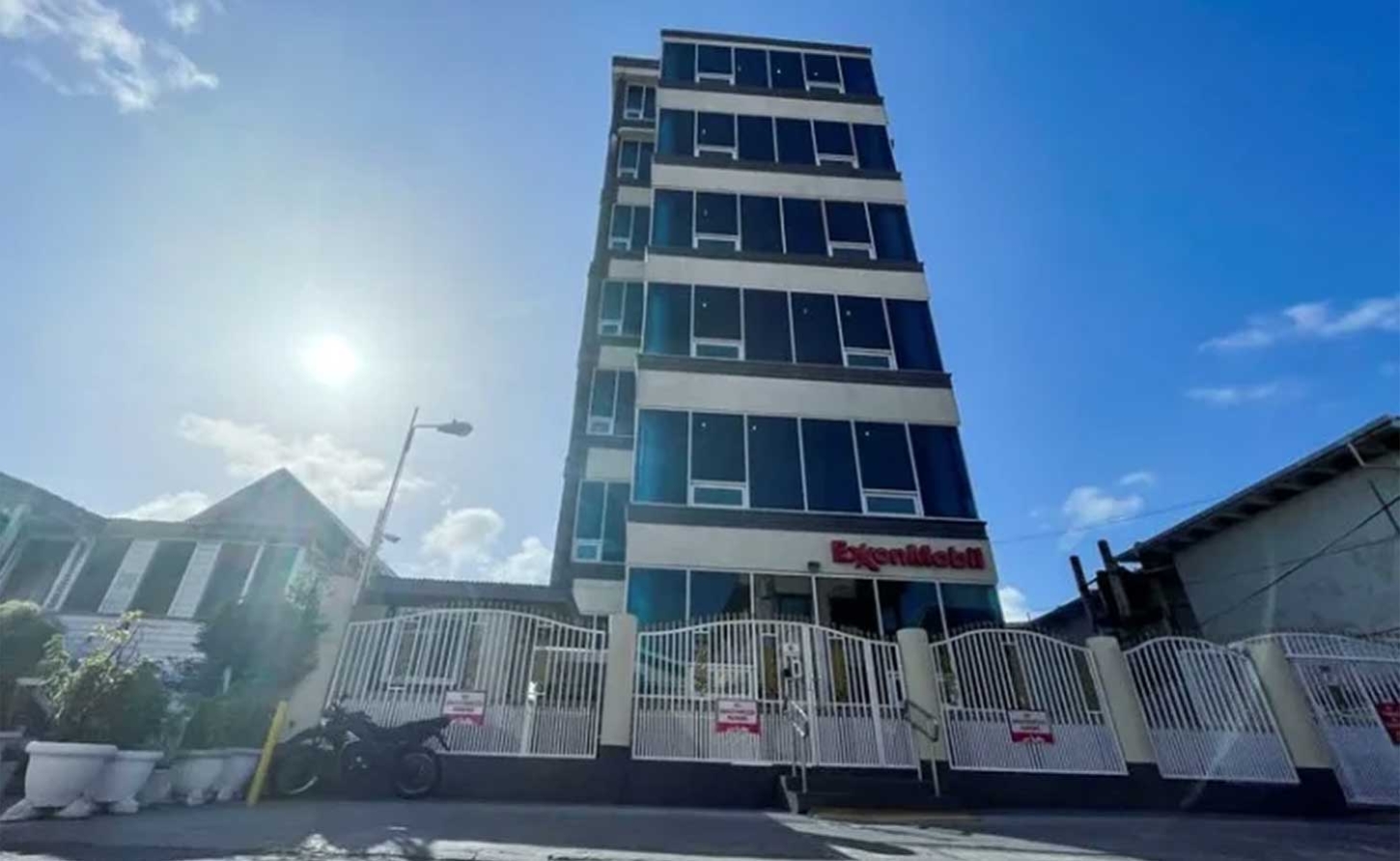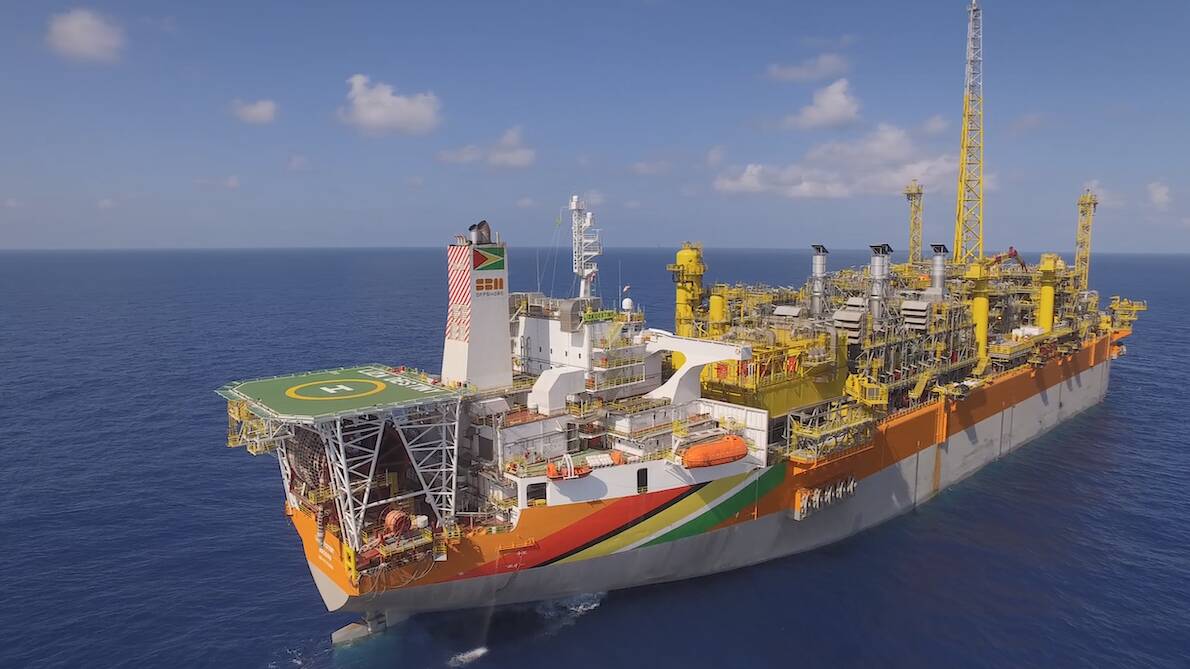GUYANA | Exxon Hits 770,000 Barrels Per Day as Guyana Faces Wealth Distribution Debate

GEORGETOWN, Guyana, October 20, 2025 - ExxonMobil Guyana has reached a significant production milestone, with output climbing to approximately 770,000 barrels of oil per day, company president Alistair Routledge announced at a media briefing in Georgetown.
The figure represents a sharp increase from September's 740,000 barrels per day, positioning the consortium to meet its ambitious year-end target of 900,000 barrels per day.
The surge in production comes largely from the Yellowtail project, which began operations on August 8—four months ahead of schedule—marking the fourth major offshore development to come online in Guyana's Stabroek Block.
Operating through the ONE GUYANA Floating Production, Storage and Offloading vessel, the largest FPSO deployed offshore Guyana to date, the project taps into the Yellowtail and Redtail fields discovered in 2019 and 2020

ExxonMobil operates the Stabroek Block with a 45 percent stake, alongside partners Hess Corporation (30 percent) and CNOOC (25 percent). The consortium has brought four complex offshore mega-projects online in just five years, all ahead of schedule and under budget.
By 2030, ExxonMobil Guyana projects total production capacity of 1.7 million oil equivalent barrels per day from eight developments. Additional projects are already advancing through the pipeline.
The consortium's fifth and sixth projects, Uaru and Whiptail, which have received government approval, are targeted for startup in 2026 and 2027 respectively.The seventh project, Hammerhead, received final investment decision in September 2025 and is anticipated to come online in 2029 with a capacity to produce approximately 150,000 barrels per day. Since production began in December 2019, more than US$7.8 billion has been paid into Guyana's Natural Resource Fund.
The Ministry of Natural Resources is expected to release official production figures for September soon, though Routledge confirmed the sector continues expanding at a remarkable pace.
However, the oil boom has sparked intense debate about wealth distribution in the South American nation. Despite soaring revenues, critics note that poverty remains widespread and public sector workers continue pressing for what they call "living wage" increases, particularly in health, education, and public service sectors.
Labor unions argue that in what is now called the world's fastest-growing economy, wages and salaries have not kept pace with the soaring cost of living, with workers struggling as the cost of goods increasingly reflects U.S. dollar rates while salaries remain stagnant.
The government has responded with wage increases, including a 10 percent retroactive salary increase for public servants in 2024, followed by an 8 percent increase for 2025. By the end of 2025, wages and salaries for public sector employees will stand at $227 billion Guyanese dollars, representing an 80 percent increase from 2020's total.
Yet poverty levels remain high, prompting President Irfaan Ali to announce measures including one-off $1,000 cash payments to households, free university tuition, and minimum wage increases.
Civil society organizations continue calling for greater transparency, fairer resource distribution, and robust environmental safeguards as production scales up at unprecedented speed.
Routledge maintains that ExxonMobil is committed to long-term investment and economic development in Guyana. The company notes that approximately 70 percent of the Stabroek Block workforce is now Guyanese, with over $2.9 billion spent with local suppliers since 2015.
As production continues its dramatic ascent, the challenge of ensuring oil wealth translates into broad-based prosperity remains at the center of Guyana's national conversation.
-30-

 En
En  Ar
Ar